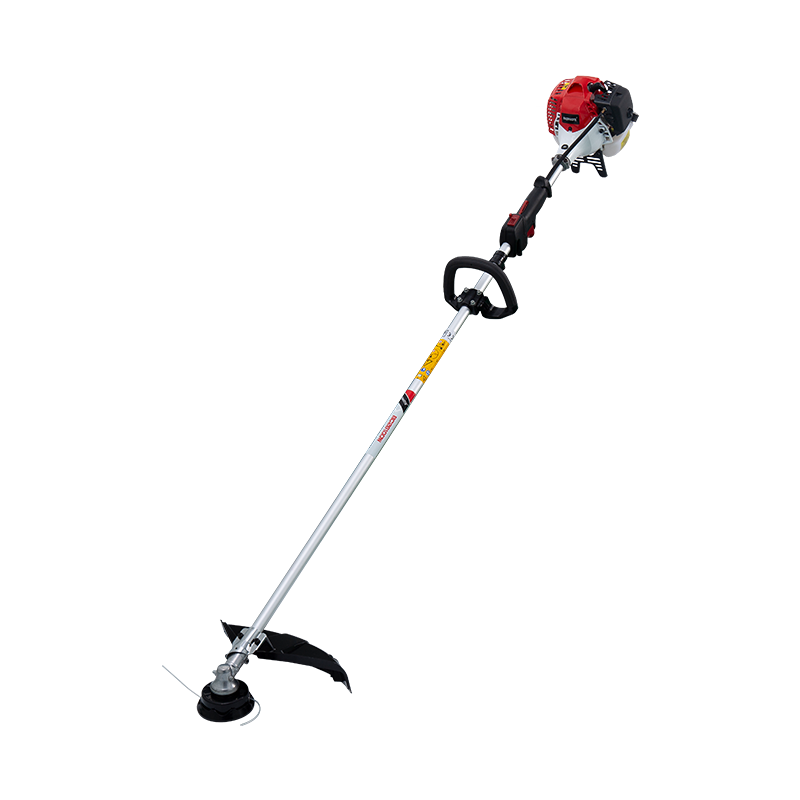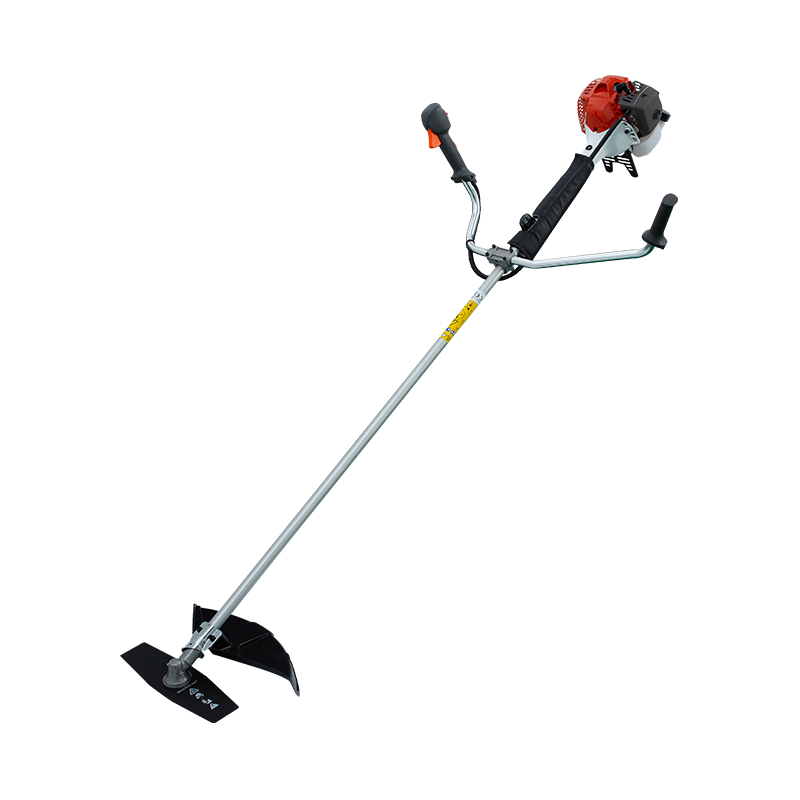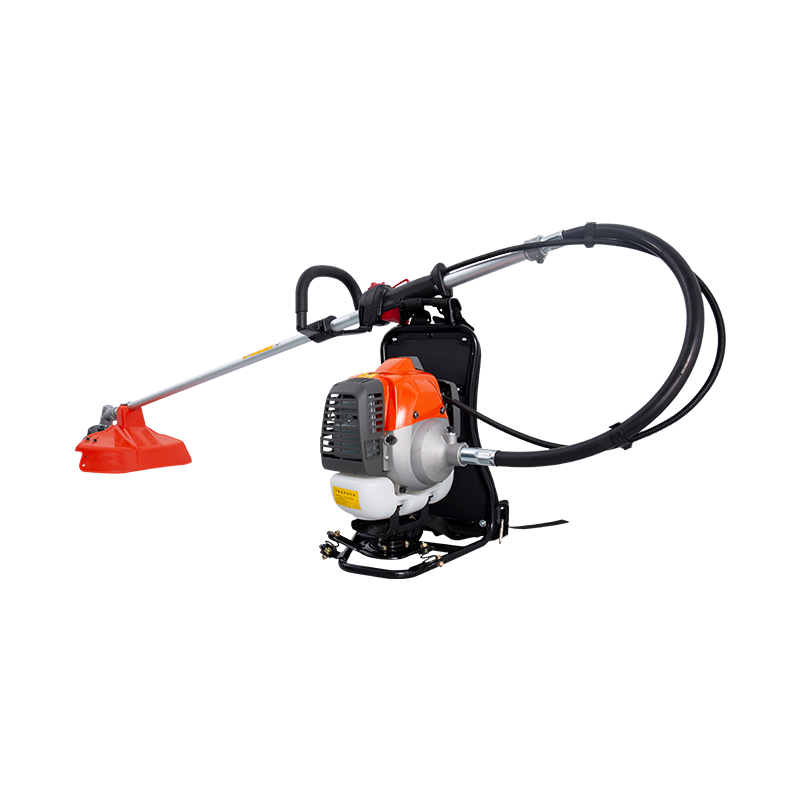1. Blade sharpness: Determines cutting power
The Hedge Trimmer sharpness of the blade is the primary factor affecting pruning results. Generally speaking, the sharper the blade, the stronger the cutting force. This makes it more suitable for pruning shrubs and trees with harder branches and thicker diameters. For example, if you need to prune dense and hard-wooded plants such as evergreens or holly bushes, a sharp blade can cut these thick branches more easily and reduce the risk of getting stuck or damaging the blade.
On the other hand, for softer plants or vines, an overly sharp blade may cause unnecessary damage. A gentle blade design is more suitable in this case, which can provide sufficient pruning power while avoiding excessive damage to the plant and maintaining its natural growth state.
2. Blade material: Influence durability and application range
The material of the blade has an important impact on its durability, strength and suitability. High carbon steel and stainless steel are two common blade materials, each with unique advantages:
High carbon steel blades: Known for their hardness and durability, they can withstand greater cutting pressure and are particularly suitable for handling harder plant materials. High carbon steel blades may rust after long-term use, so they need to be cleaned and maintained frequently, but their sharpness and durability are still the first choice for many professional gardeners.
Stainless steel blades: They are rust-resistant and suitable for use in wet environments. Although stainless steel blades are slightly less hard than high carbon steel, their corrosion resistance makes them more suitable for fine pruning of plants, such as flowers and thin vines.
In addition, some pruning machine blades use coating technology, such as Teflon coating or carbide coating, which can further enhance the corrosion resistance and lubrication of the blades and reduce friction and jamming.
3. Blade length and layout: the impact of flexibility
The length and layout design of the Hedge Trimmer blade will also affect the flexibility of the pruning machine. Longer blades are suitable for pruning large areas and can quickly handle large bushes or hedges, but require more force and precision when operating. Relatively speaking, shorter blades are more suitable for fine pruning or pruning complex shapes.
Some pruning machines use a double-sided blade design, which can cut during the back and forth operation, improving pruning efficiency. In addition, the pitch of the blade is also an influencing factor. A larger pitch is suitable for cutting thick branches, while a smaller pitch is more suitable for fine pruning work.
4. Blade maintenance and care: the importance of extending life
Regular maintenance and care are key to ensuring that the Hedge Trimmer blade is sharp and durable for a long time, regardless of the blade material. High carbon steel blades need to be oiled regularly to prevent rust, and stainless steel blades should be kept dry to prevent dirt accumulation. Regularly check the blade for nicks or dullness, and polish it when necessary to ensure smooth pruning.


 English
English Español
Español







